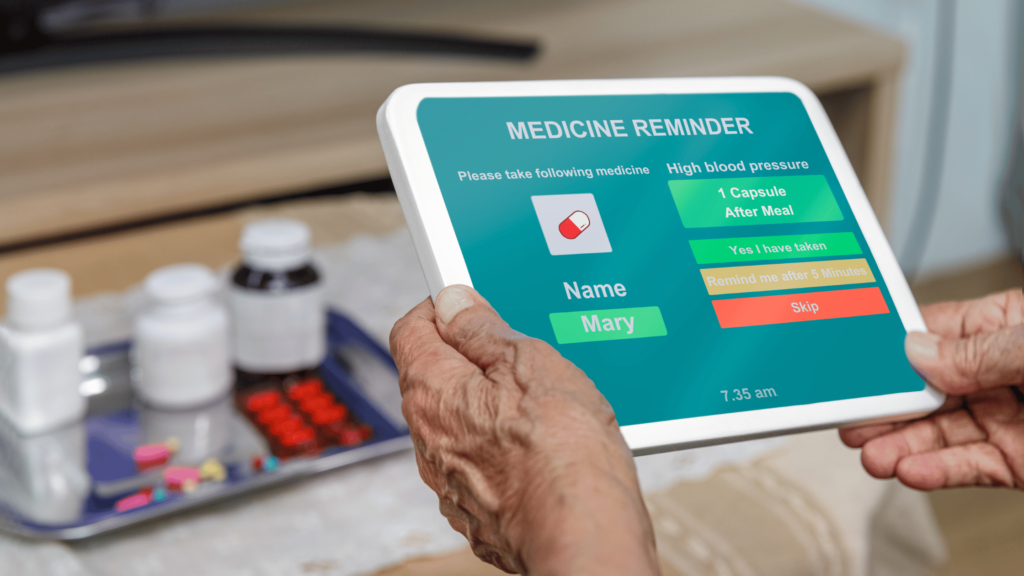The role of a family caregiver is one of profound love and significant responsibility. Navigating this path requires more than just good intentions; it calls for a structured approach that ensures the well-being of both the caregiver and the care recipient. This is where the importance of a sustainable caregiving plan comes into play. A well-thought-out plan can alleviate stress, improve the quality of care, and ultimately, make the caregiving journey more manageable and fulfilling for everyone involved.
Assessing Needs and Resources
The first step in crafting your caregiving plan is thoroughly assessing the care recipient’s needs. This includes understanding their medical conditions, emotional state, and daily living requirements. Evaluating your resources, limitations, and personal needs as a caregiver is equally important. Balancing these aspects can help prevent burnout and ensure a higher quality of care.
Setting Clear Goals
After a detailed assessment, setting clear and achievable goals becomes the next critical step. Should the aim be to maintain the care recipient’s health stable? Or, perhaps, to ensure that the caregiver receives regular periods of respite? These goals can be short-term, like scheduling daily medications, or long-term, like improving overall physical health.
Building a Care Team
No caregiver should have to go it alone. Identifying and assembling a team of family members, friends, and professionals can distribute the workload and reduce stress. Each team member can play a distinct role based on their abilities and the care recipient’s needs, ensuring that all areas of care are adequately covered.
Establishing Routines
Creating daily and weekly routines is not just about management; it’s about providing stability for both the caregiver and the care recipient. Routines can include meal times, medical appointments, and rest periods, helping reduce the cognitive load and make each day predictably manageable.
Financial Planning
A sustainable caregiving plan also involves thorough financial planning. This includes budgeting for ongoing caregiving expenses and exploring avenues for financial support, such as insurance and benefits, to ensure the caregiving needs can be sustainably met without undue strain.
Legal and Medical Documentation
Having all necessary legal and medical documents in place and readily accessible is paramount. This documentation could include powers of attorney, living wills, and comprehensive medical records, ensuring that critical decisions can be made promptly and effectively when needed.
Implementing Technology and Tools
In today’s digital age, numerous technology solutions exist to ease caregiving burdens. From scheduling apps and health monitoring devices to communication tools, these technologies can streamline tasks, improve care, and offer peace of mind.
Prioritizing Self-Care for the Caregiver
Integral to the sustainability of any caregiving plan is the caregiver’s health and well-being. Implementing a self-care routine encompassing physical, emotional, and mental health practices ensures that caregivers can continue providing care without deteriorating their health.
Regular Review and Adaptation
A caregiving plan should be a living document that evolves to meet changing needs and circumstances. Regularly reviewing and adapting the plan ensures its effectiveness and relevance, allowing adjustments to improve the quality of care and the caregiver’s well-being.
Resources for Building a Caregiver Plan
Creating a sustainable caregiving plan is a comprehensive process that takes time, thought, and care. However, the benefits of having such a plan in place are immeasurable. Not only does it improve the quality of care for the care recipient, but it also supports the health and well-being of the caregiver, making the challenging role of caregiving much more manageable and rewarding. With these steps and considerations in mind, family caregivers can develop a plan as a robust foundation for the caregiving journey ahead.
Related Articles:
-
- 10 Tips for Balancing Work and Family Caregiving Responsibilities
- Nutrition for the Caregiver: Maintaining Your Health While Caring for Others
- The Emotional Journey of Caregiving: Coping with Guilt and Grief
- Empowering Family Caregivers: Exploring the Latest in Family Caregiving Technology
- Understanding the Legalities: A Family Caregiver’s Guide to Medical and Financial Decisions
- The Essential Guide to Family Caregiving
- Navigating Long-Distance Caregiving: Strategies for Managing Care from Afar





